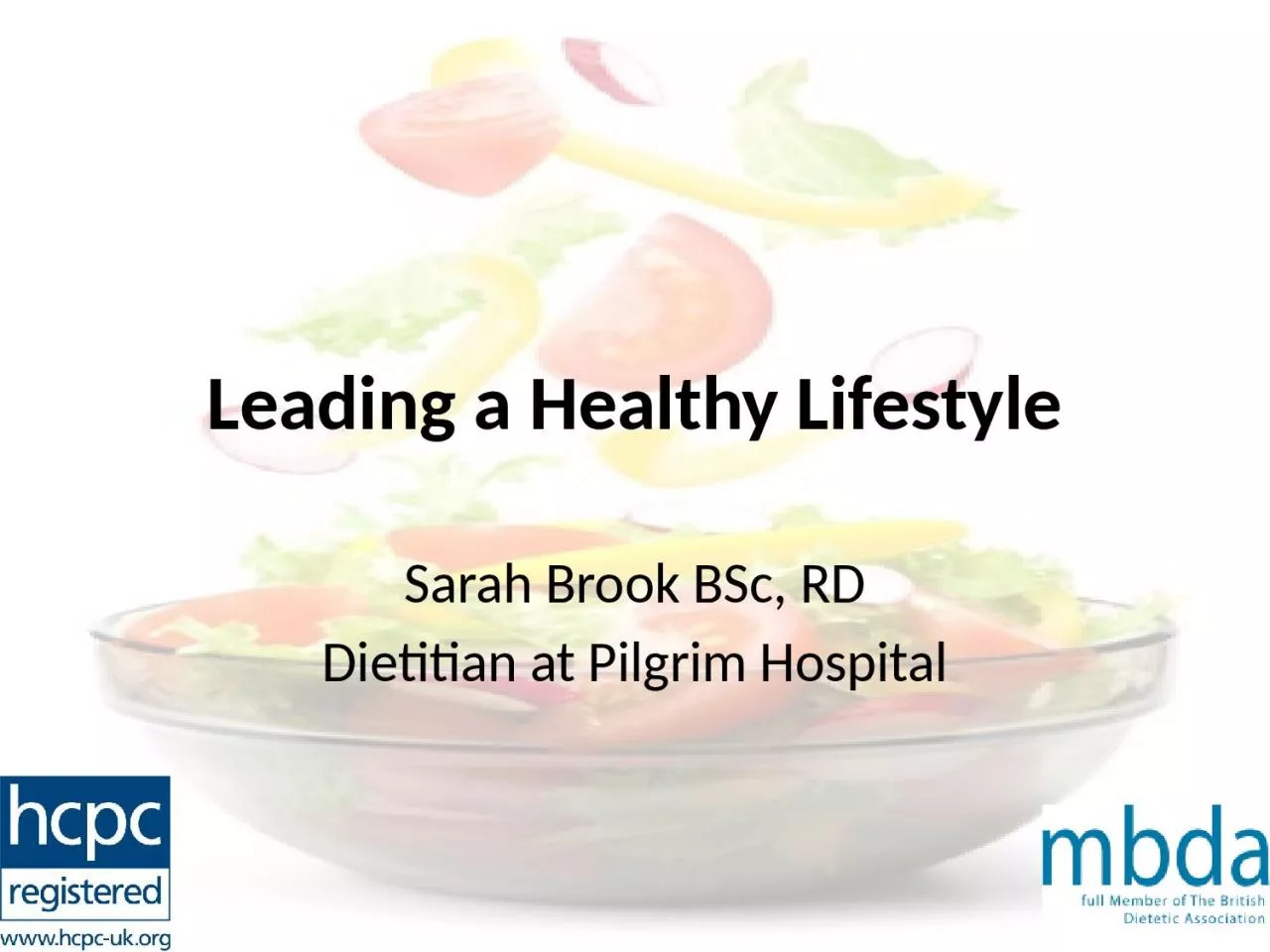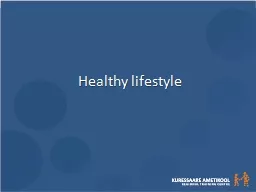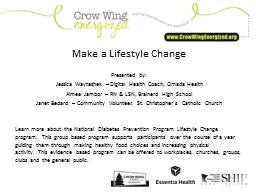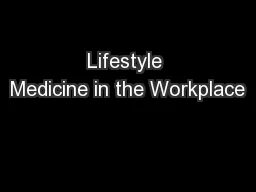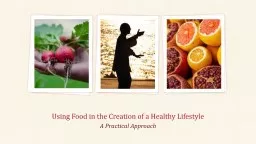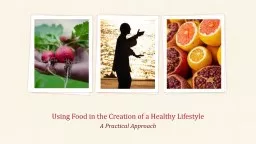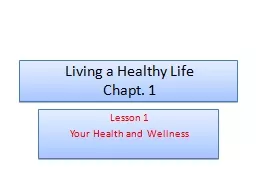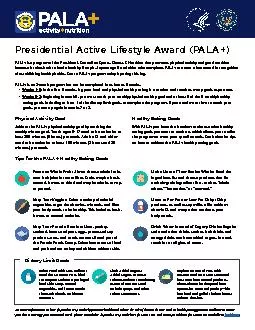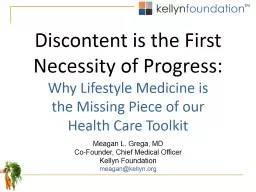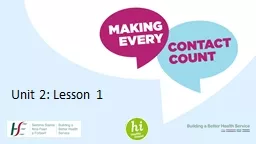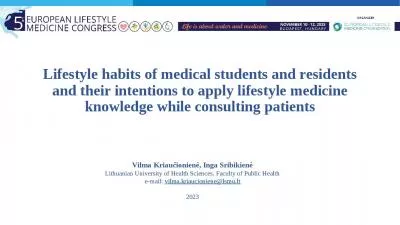PPT-Leading a Healthy Lifestyle
Author : jordyn | Published Date : 2022-06-11
Sarah Brook BSc RD Dietitian at Pilgrim Hospital Health Behaviour Noun An action taken by a person to maintain attain or regain good health and to prevent illness
Presentation Embed Code
Download Presentation
Download Presentation The PPT/PDF document "Leading a Healthy Lifestyle" is the property of its rightful owner. Permission is granted to download and print the materials on this website for personal, non-commercial use only, and to display it on your personal computer provided you do not modify the materials and that you retain all copyright notices contained in the materials. By downloading content from our website, you accept the terms of this agreement.
Leading a Healthy Lifestyle: Transcript
Download Rules Of Document
"Leading a Healthy Lifestyle"The content belongs to its owner. You may download and print it for personal use, without modification, and keep all copyright notices. By downloading, you agree to these terms.
Related Documents

